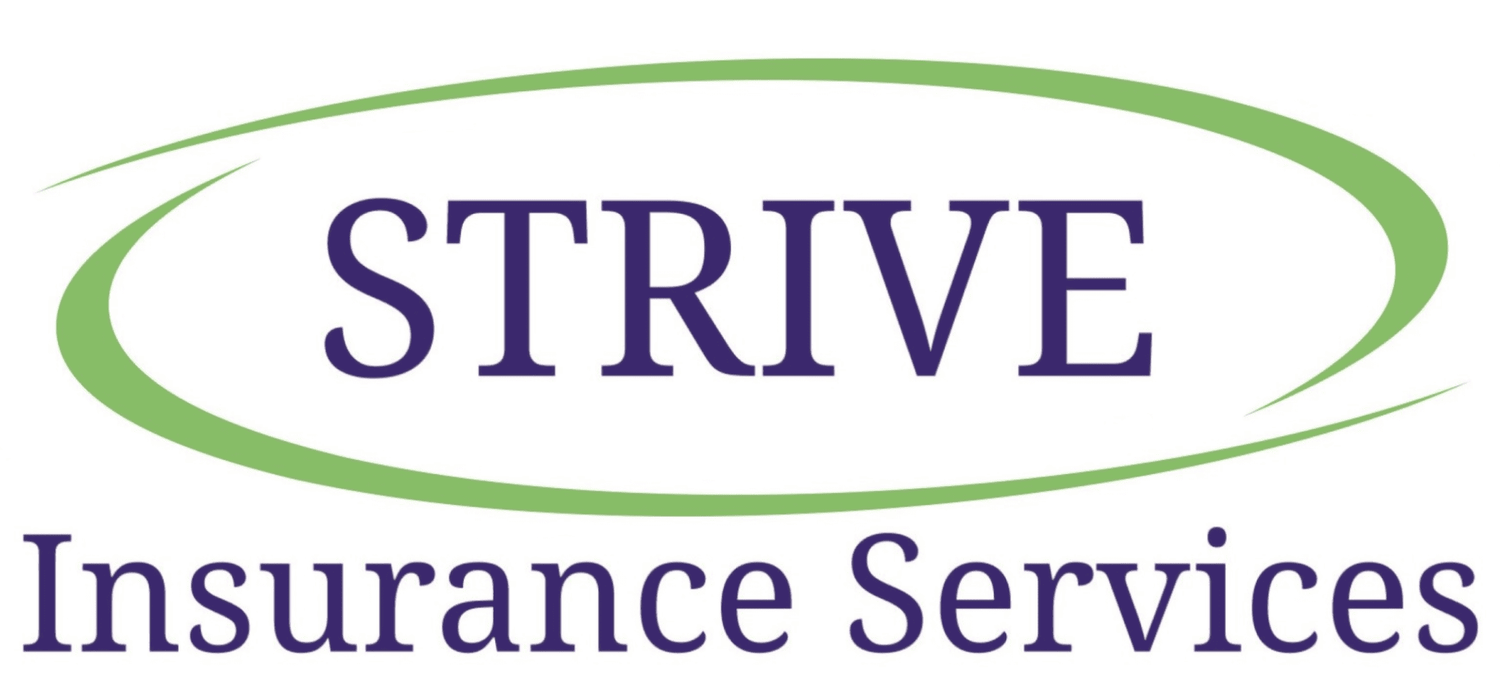What is Excess in Car Insurance?
Do you know what your excess is for your motor vehicle policy and when it might apply?
Do you know whether you have the option to adjust your excess and therefore adjust the cost of your premium?
An excess is the amount you agree to contribute to the repair/replacement of your vehicle if you make a claim. Your policy’s Product Disclosure Statement (PDS) and policy schedule will outline the level of cover (how much the Insurance Company will pay for repair/replacement) and how much your excess is.
Insurers apply an excess to claims because it shares some of the risks with the client and reduces the number of small claims which can have a high administrative cost for the Insurer for a minimal payout for the client. This can help reduce premiums over time as the more it costs Insurers in claims, the more likely they are to increase premiums to cover their expenses.
Some Insurance Companies will set a compulsory excess which applies no matter what type of cover you have, how much your premium is etc. Other Insurers will allow you to choose whether you want a higher voluntary excess which will reduce the premium you pay upfront.
For example, you may be able to choose between an excess of $500, $1,000 or $1,500 and your premium will reduce if you choose one of the higher excesses. This means you pay less upfront but more at the time of making a claim.
If your car is damaged by another driver/vehicle and they are found to be at fault, you may not need to pay your excess. This will depend on two factors:
1. Whether the other driver has Third Party Property Damage insurance (note: this is different to Compulsory Third Party CTP or Green Slip insurance) or Comprehensive Insurance which includes Third Party Property Damage. If they do, their insurance will cover the cost and you will not have to pay an excess; or
2. If you have enough of the other driver’s details (e.g. name, address, phone, email and driver’s license) your insurer can pursue them for costs even if they are not insured
If someone else is at fault but there is no insurance and you don’t have enough of their details for the insurer to follow them up, you will still need to pay your excess if you make a claim. This is why it’s very important to exchange details at the time of an accident, especially photographing a license and car rego plate.
When and how you pay your excess will depend on your Insurer and the claim. The Insurer will tell you:
· To pay your excess directly to the repairer
· That they will deduct the excess from a payout they are making to you; or
· To pay them the excess directly
Case Studies
John has a $500 excess for his car policy. He loses control on a wet road and hits a tree. The quote to repair his car is $8,000. His claim is approved so John pays his $500 excess, and the Insurer pays the remaining $7,500.
Jane has a $1,500 excess for her car policy. She gets a small scrape on the door hopping out in a carpark. The quote for repairs is $700. Jane chooses not to make a claim as she’d still have to pay the $1,500 excess. She pays for the $700 repair herself.
Mark has a $1,000 excess on his car and his car is hit by another driver who is at fault. Mark gets all the necessary details of the other driver before leaving the accident (he also makes a police report to have everything on file). He lodges a claim and his insurance company liaises with the insurer for the other driver. As the other driver is at fault and has Comprehensive Car Insurance, their insurance covers the costs of repairs and Mark does not have to pay his excess. If they did not have Third Party Property Damage, Mark would need to pay his excess if he continued with his claim via his Insurance Company.
Mary’s car is insured for $15,000 and she has a $500 excess. Her car is stolen and not recovered by the police. Her claim is approved and she will receive a payout to purchase a new car. The Insurer deducts her $500 excess and then pays her the remaining $14,500.
It is important to always take your personal circumstances into consideration and carefully read your PDS to ensure you understand your cover. If you have any questions about your cover we recommend asking your Insurance Broker or calling your Insurer to discuss.

